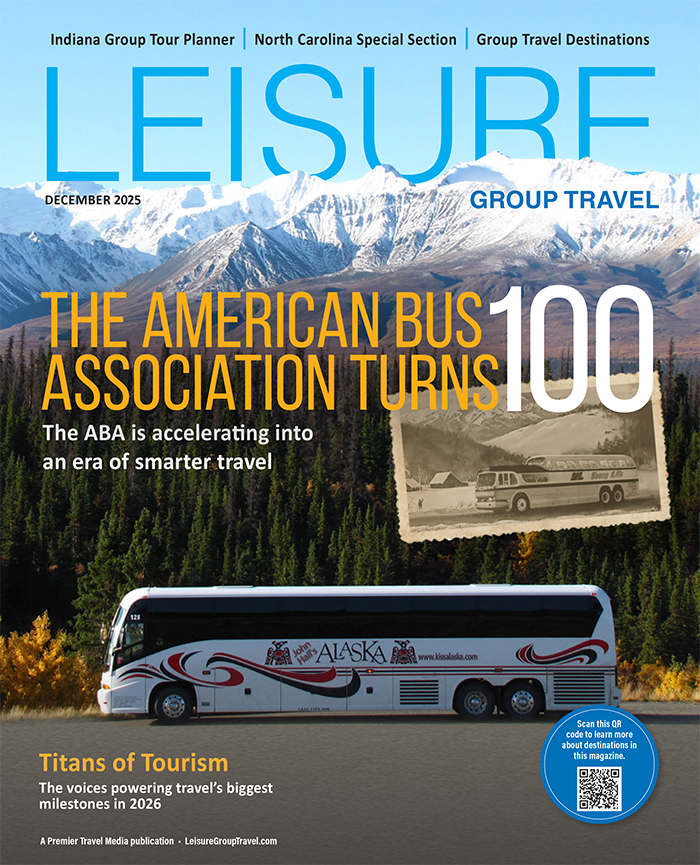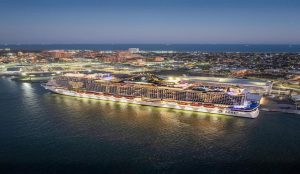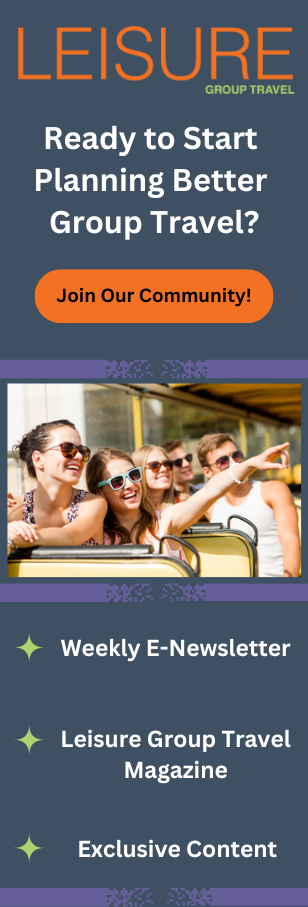Marc J. Garcia, Visit Mesa President and CEO
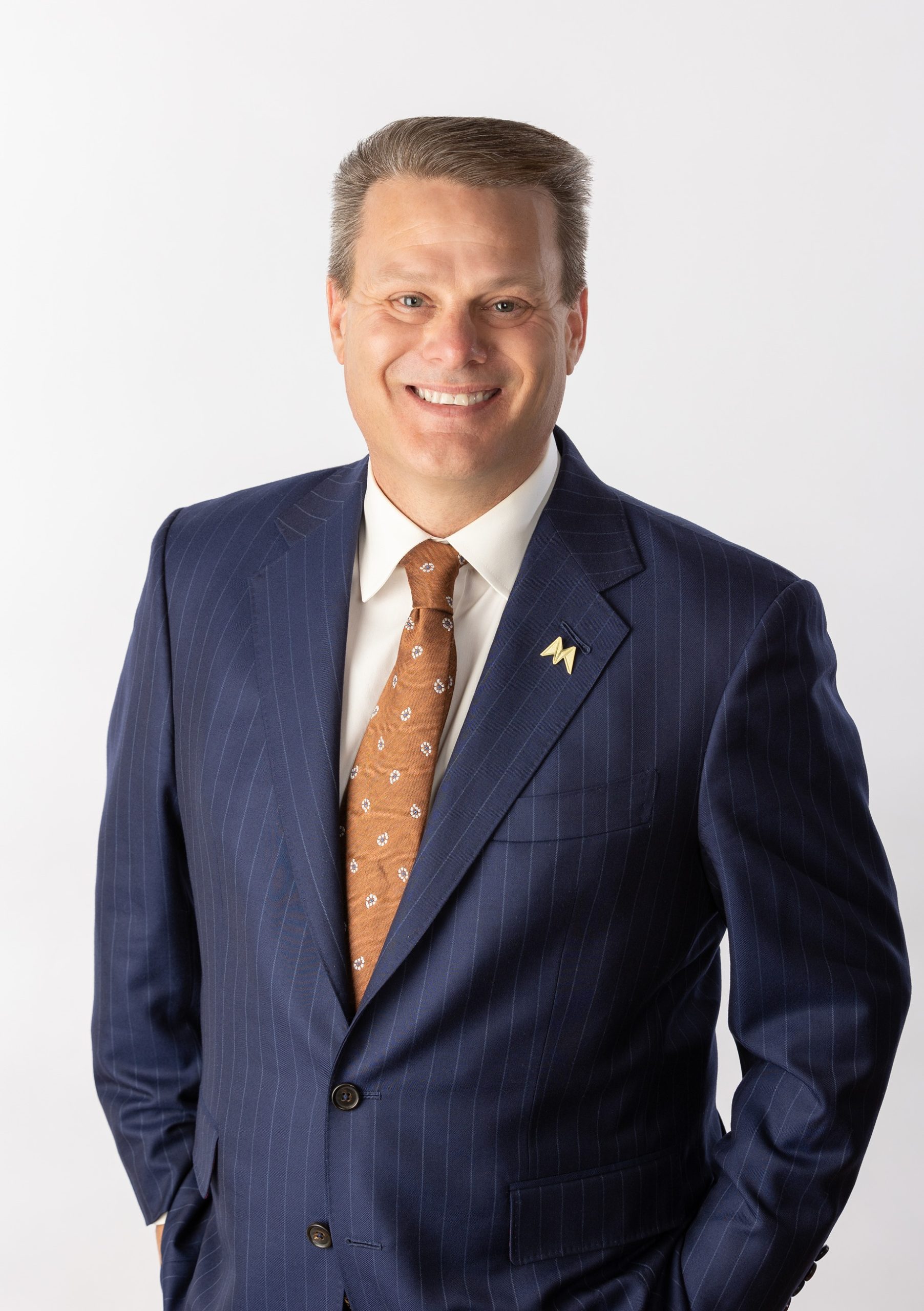
How did you become involved in accessible tourism, and what has your journey been like?
My involvement in accessible tourism has been a long time coming, though it crystallized into a focused effort around 2018. Throughout my 28-year career in Destination Marketing Organizations (DMOs), I’ve always been mindful of inclusion, working to bring diverse conventions to the city, but it was a personal experience while on a family vacation that really brought home the opportunity to improve travel experiences for all visitors. It became clear that making travel accessible is not just ethically sound, it also makes good business sense. The Centers for Disease Control and Prevention estimates that 27% of adults in the U.S. live with some type of disability, representing a large, underserved market. By catering to their needs, we build loyalty and attract new business. Beyond that, it’s a chance to educate the hospitality industry and raise awareness.
The journey itself has been incredibly rewarding. It’s humbling to see other DMOs looking to Mesa as a model. Our partnership with IBCCES has been instrumental, and our “Mesa For All” efforts have truly put Mesa on the map for many people who might never have considered us as a travel destination. We’ve even seen an increase in bookings specifically related to accessible travel. The reach of our efforts has been surprising. We initially aimed to become a certified accessible travel destination, but the overwhelming support from the city and the community led us to achieve certification as a city—a testament to the power of this work. And it continues to grow and impact more lives every day.
Looking for expert insights and fresh travel ideas? Download the latest issue of Leisure Group Travel for free and start planning your next unforgettable group adventure.
What are some common misconceptions about accessible travel, and what surprising trends or statistics should more people know?
One of the biggest misconceptions surrounding accessible travel is the perceived cost for businesses. Many assume that accommodating guests with disabilities requires expensive renovations. In reality, often the most impactful changes are simple: things like staff training, clear communication, and readily available information about accessible features. These aren’t budget-busters, but they make a world of difference.
Another misconception is that families with disabilities don’t have the resources to travel. This couldn’t be further from the truth. According to Open Doors Organization, in 2018-19, travelers with disabilities took 81 million trips, spending $58.7 billion on their travel. And still, many families avoid traveling altogether due to the perceived difficulties. A staggering statistic shows that 87% of families are hesitant to travel due to perceived hassles. This underscores the huge opportunity for destinations like Mesa, which have made accessibility a priority, to attract this market.
Additionally, it’s crucial to understand that ADA compliance is not synonymous with true accessibility. The ADA sets minimum standards, which are essential, but we aim to go above and beyond those requirements in Mesa. We want to exceed the needs and expectations of travelers with disabilities, creating truly welcoming and inclusive experiences.
What advice would you give to someone with a disability who is considering their first big trip?
Planning your first big trip can be exciting, but also sometimes overwhelming, which is why it’s essential to be prepared, especially if you have a disability to consider. My top piece of advice is to do your homework. Many resources are now available to help you research destinations and understand their accessibility features before you go, including accessible-friendly accommodations, transportation, attractions and restaurants. There are also a growing number of apps and tools designed to support travelers with disabilities, from navigation apps that identify accessible routes to translation apps that facilitate communication. These tools can significantly enhance your travel experience and give you greater independence.
Additionally, don’t hesitate to reach out to destinations directly with specific questions, or connect with disability-specific travel groups and online communities. These groups offer first-hand accounts and tips from experienced travelers.
And lastly, remember the power of your patronage. By choosing to support destinations and businesses that prioritize accessibility, you’re not only rewarding their efforts, but also encouraging others to follow suit. With careful planning and the right resources, your first big trip can be an unforgettable one that unlocks a lifetime of travel adventures.
Stay ahead of the trends in group travel. Download the current issue of Leisure Group Travel and discover top destinations, planning tips, and industry news—all for free!

Your destination stands out for your commitment to accessibility, what can others learn from you?
Mesa’s commitment to accessibility has been a journey, and we’ve learned a lot along the way. Our biggest piece of advice to other destinations is simply this: don’t be afraid to get started.
Begin by having meaningful conversations with those who can influence change in your community–local businesses, community leaders, disability advocates. Throughout our journey, partnering with key stakeholders, including those with lived experience of disability, has been crucial. These conversations will spark ideas and help you develop a strategy that works for your destination. Even small steps, like collecting and sharing information about accessible features in your area, can make a big difference. People are hungry for travel experiences, and that includes people with disabilities. There’s a huge, underserved market waiting to be welcomed.
A key element to remember is that accessibility is an ongoing journey and there’s always room for improvement. It’s not something you “achieve” and then stop workingon. It requires a continuous, conscious effort to learn, adapt, and get better.
What recent innovations or technologies have significantly improved travel experiences for people with disabilities?
We’re seeing a real surge in innovation that’s dramatically improving travel experiences for people with disabilities. Assistive technologies like AIRA provide on-demand visual assistance for blind and low-vision travelers, empowering them to navigate new environments with greater independence. Platforms like Wheel the World are streamlining the process of finding and booking accessible accommodations and tours, removing a significant hurdle for many travelers. The Hidden Disabilities Sunflower program offers a discreet way for individuals with invisible disabilities to signal their need for support, raising awareness and fostering understanding. Tools like AbleVu provide detailed accessibility information about venues, allowing travelers to plan their trips with confidence. These are just a few examples of the many exciting developments in accessible travel technology. We’re also working on our own initiatives here in Mesa, including a future food inclusion program, because we believe accessibility should extend to every aspect of the travel experience.
What gaps still exist inaccessible tourism, and what improvements would you like to see in the next five to ten years?
While we’ve made significant strides in accessible tourism, some key gaps still need to be addressed. Accessible transportation is a huge area for improvement. Air travel, ground transportation, and other modes of transportation often lack adequate options for people with disabilities. We need innovative solutions to ensure everyone has equal access to travel, regardless of their mobility needs.
Another area where we can do better is in hotel development. Too often, “accessible” rooms are simply ADA compliant, which means they meet minimum requirements, but don’t necessarily provide the comfort and convenience that many travelers with disabilities need. I’d love to see hotel developers embrace universal design principles and incorporate accessible features into all new projects, creating truly inclusive spaces for everyone.
In the next five to ten years, I hope we’ll see greater collaboration between the travel industry, technology developers, and disability advocates to create a more seamless and inclusive travel experience for all.
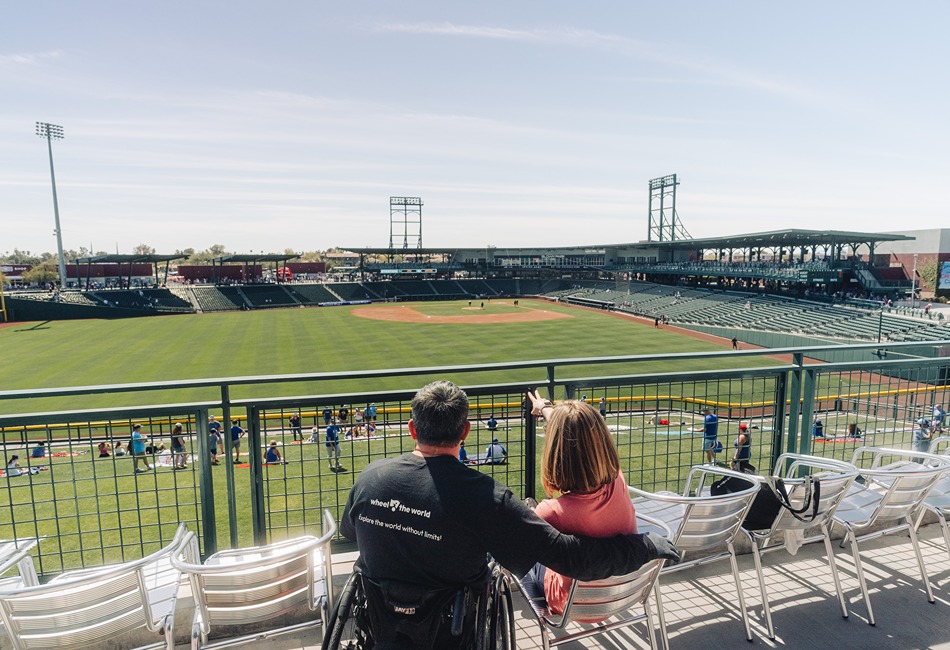
How can travel brands—airlines, hotels, and tour operators—better support and market to travelers with disabilities?
Travel brands can make a real difference for travelers with disabilities by focusing on clear communication and genuine commitment. One of the most important things is to make information about accessible features simple and easy to find. Use clear, straight forward language, provide detailed descriptions of what’s available, and offer different ways for people to get the information they need, whether it’s on your website, on your social networks, through video, or by email.
Another important aspect is to think of accessibility initiatives as a smart investment, not something you just add on as an afterthought. It’s worth putting real resources into things like staff training, improving accessible facilities, and reaching out to the disability community.
To end on that note, it’s always a good idea to connect with the disability community directly. Get feedback, work with disability advocacy groups, and make sure your efforts are truly hitting the mark. By focusing on communication, commitment, and collaboration, travel brands can create a travel experience that’s welcoming and inclusive for everyone.
Don’t miss out on the latest group travel trends. Download your free issue of Leisure Group Travel and stay informed on the best destinations, planning tips, and expert insights.



